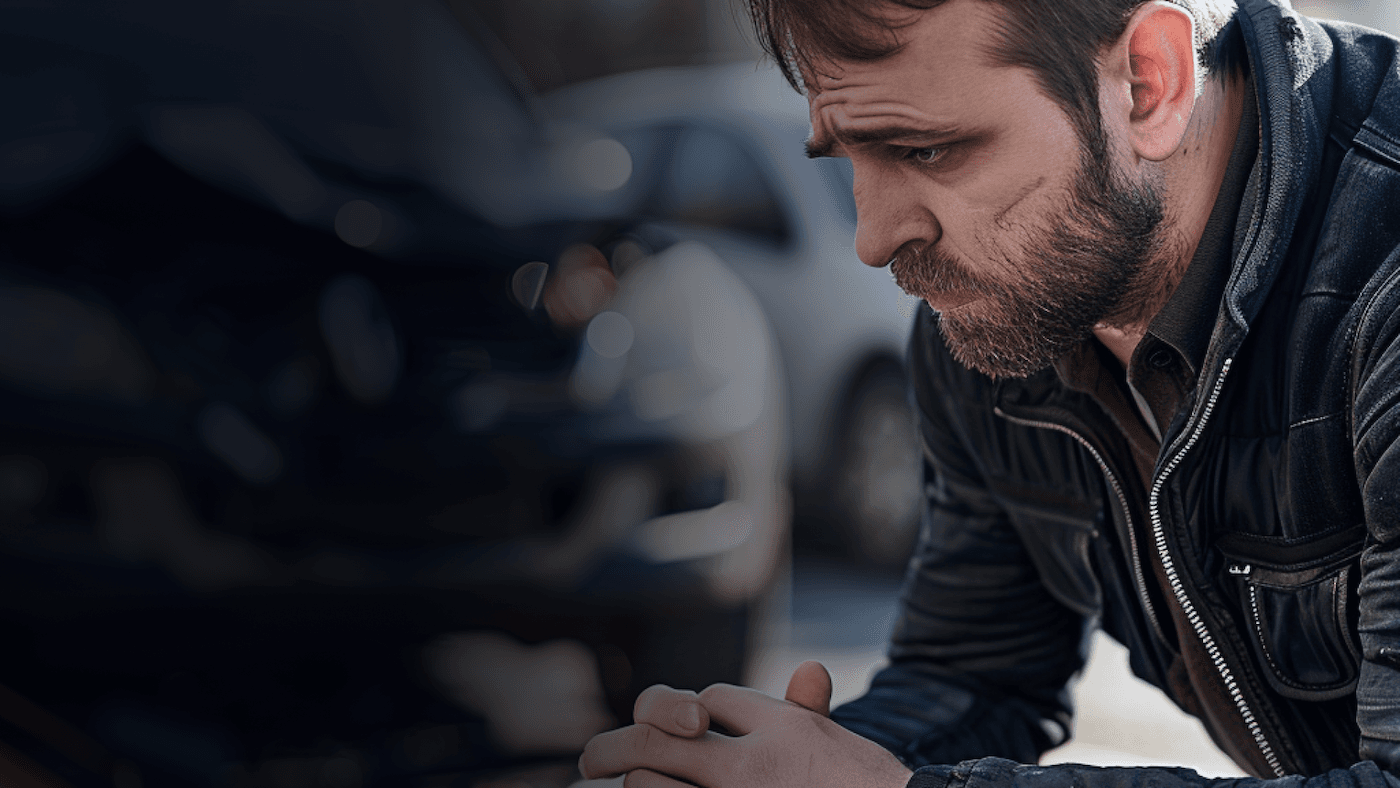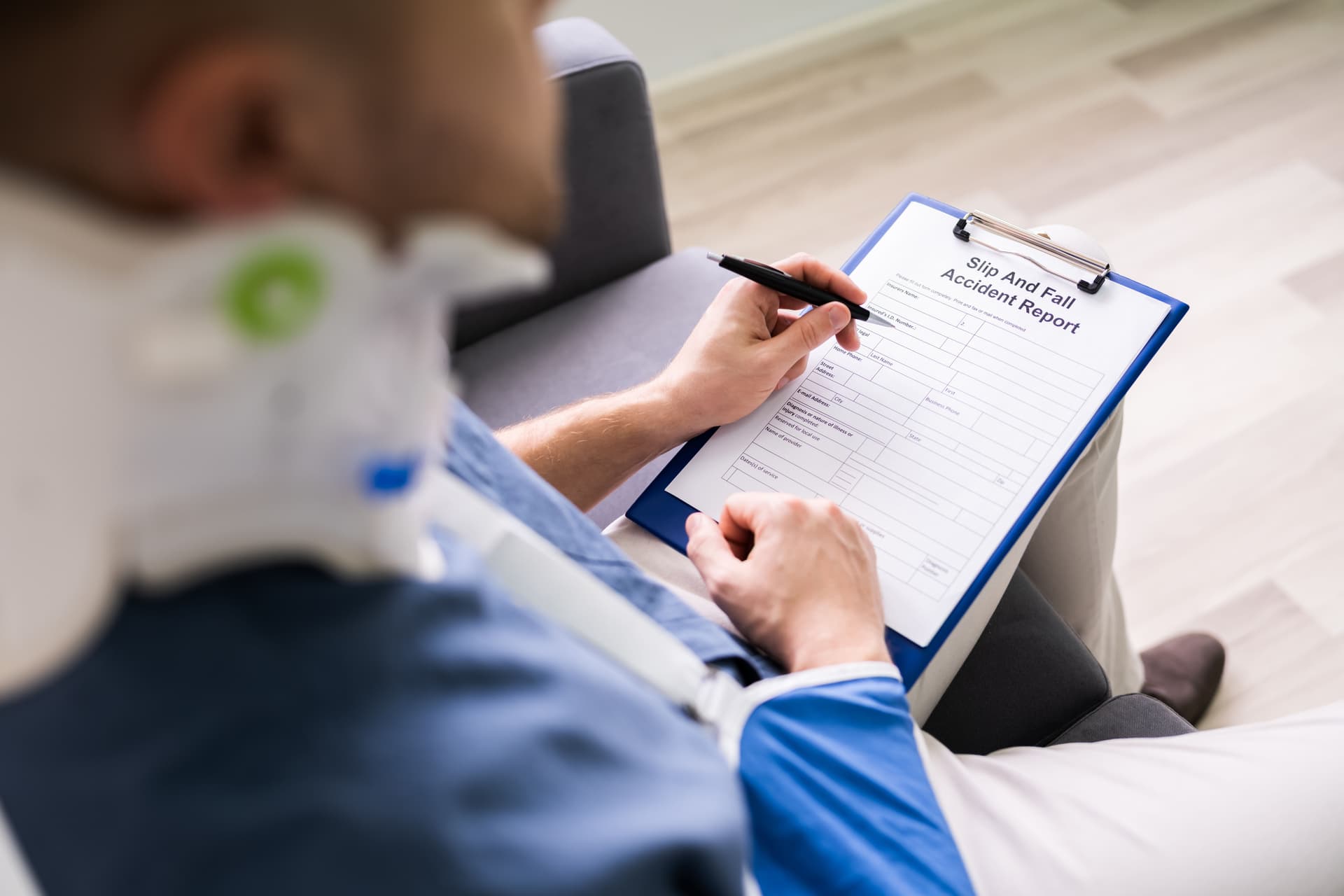
A Step-by-Step Breakdown of How to Build a Strong Slip and Fall Case: Evidence, Witnesses, and Legal Strategy
Learn how to build a strong slip and fall case with the right evidence, witnesses, documentation, and legal strategy. Understand how GetCompensation.LAW helps victims strengthen their claims.
Our Network of Attorneys Are Recognized by the Best
Slip and fall accidents can turn an ordinary day into a life-changing event, leaving victims with unexpected injuries, medical bills, and uncertainty about the future. Many people are surprised by how complex these cases become once insurance companies get involved. What seems straightforward at first — a fall caused by an unsafe condition — quickly evolves into an adversarial process where adjusters minimize responsibility, argue over liability, and question the severity of injuries.
That’s why victims need a structured, strategic approach from day one. Building a strong case is not about luck — it’s about understanding what evidence matters, how to document each stage, how to communicate with insurers correctly, and when to rely on experienced legal representation. At the beginning of this explanation, it’s important to emphasize the mission of GetCompensation.LAW: helping victims secure immediate access to powerful personal injury trial attorneys who know exactly how to build and present slip and fall cases effectively, ensuring victims never face insurance companies alone.
When the right steps are taken early, the chances of obtaining full compensation increase dramatically.
Establishing the Story Behind the Accident
Every slip and fall case begins with a compelling story — a clear explanation of what happened, where it happened, and how the unsafe condition created the circumstances leading to the fall. Many victims feel embarrassed after falling and assume they may have misstepped, but the truth is that unsafe environments are more common than most people realize.
Floors left wet without warning signs, dim hallways with poor visibility, broken steps, loose tiles, temporary hazards left unmarked, or uneven walkways that were never repaired can all contribute to accidents. Understanding how these conditions interacted at the moment of the fall provides the foundation for effective claim preparation.
Victims often remember specific sensations: a sudden slip, a moment of imbalance, a sharp jolt of pain. These details matter because they establish the connection between the hazard and the injury. Writing down everything within hours of the fall can prevent memory gaps later.
Documenting the Scene With Precision
One of the most important steps in building a strong case involves documenting the environment where the fall occurred. This includes taking photos of the hazard, the lighting conditions, the textures of the floor, any missing warning signs, and the surrounding area. Many hazards are quickly cleaned up or repaired after an accident, and without visual documentation, insurance companies commonly argue that no hazard existed at all.
Even small details — the angle of a broken tile, the spread of a spill, the absence of matting, or a shadow caused by poor lighting — can make a tremendous difference in proving negligence. The goal is to capture the conditions exactly as they were in the moment of the accident.
Videos can also provide context and demonstrate how dangerous the area appeared in real time. When victims document thoroughly, it becomes far easier to build an evidence-based liability assessment that holds up against scrutiny from insurers or defense attorneys.
Securing Witness Accounts Early
Witnesses play a crucial role in confirming the presence of the hazard and the circumstances leading to the fall. Employees, other customers, or bystanders who saw the condition before the accident or observed the fall itself can provide statements that significantly reinforce the victim’s claim.
Witness statements support several key points:
- The hazard existed before the fall
- No warning signs were present
- The area was unsafe for visitors
- Employees did nothing to correct the danger
Witness testimony is powerful because it provides an independent viewpoint, countering any attempt by property owners to shift blame onto the victim. Collecting names, phone numbers, or brief statements as soon as possible contributes greatly to the strength of the claim.
The Importance of Incident Reports and Immediate Notifications
When a slip and fall accident occurs on a commercial property, notifying staff or management is essential. Requesting an incident report forces the company to acknowledge the event and creates a written record that prevents later denial.
Incident reports also document:
- The time and location of the fall
- The employee who was notified
- Whether the hazard was addressed
- Whether safety protocols were followed
These records can support a larger narrative showing that the property owner had a responsibility to maintain the premises but failed to act accordingly. Insurance companies often analyze these reports closely, and inconsistencies between the property owner’s statements and what actually happened can strengthen the victim’s case.
Establishing the Injury Link Through Medical Documentation
Medical records are one of the most important components in determining compensation. When victims seek emergency care, they create a direct link between the fall and their injuries. Delays in seeking treatment, however, provide ammunition for insurance companies to claim the injuries were unrelated or exaggerated.
Slip and fall injuries can include fractures, spinal damage, head trauma, torn ligaments, or persistent pain that affects mobility and quality of life. These conditions often require ongoing treatment, specialist consultations, or even surgery.
Doctors’ notes, diagnostic imaging, rehabilitation plans, and treatment progress reports are essential for injury-related case valuation, as they demonstrate:
- The nature of the injury
- Severity of physical limitations
- Treatment required
- Long-term medical needs
- Impact on daily living and ability to work
All of these factors directly influence the financial recovery victims are entitled to receive.

Understanding How Negligence Strengthens a Case
Building a strong slip and fall claim means identifying how the property owner’s negligence contributed to the accident. Negligence comes in many forms:
- Failure to clean or inspect regularly
- Ignoring previous complaints
- Delaying repairs
- Poor lighting or inadequate signage
- Improper flooring materials
- Lack of training for employees
When evidence reveals the owner had ample opportunity to correct the condition or was aware of the danger and ignored it, compensation typically increases. This is the principle behind negligence-driven compensation increases, a concept central to many winning slip and fall cases.
Repeated issues, maintenance failures, or visible signs of deterioration all demonstrate that the owner failed to take necessary precautions to protect visitors. These patterns create a compelling argument for higher compensation because they show conscious disregard for safety.
The Role of Attorney-Led Investigations
Slip and fall cases benefit significantly from legal representation because attorneys have the ability to secure evidence that victims cannot obtain on their own. This includes:
- Surveillance footage before it’s overwritten
- Internal corporate documents
- Maintenance logs
- Employee statements
- Prior incident reports
- Inspection schedules
Attorneys look for contradictions between official policies and what actually happened on the day of the fall. When policies are outdated, inconsistently followed, or completely absent, the property owner’s liability becomes much clearer.
A detailed investigation by legal professionals also helps uncover patterns of behavior that reflect negligence, making the case far more compelling during settlement negotiations or trial.
Building a Compelling Narrative for Insurance Negotiations
Insurance companies often resist slip and fall claims aggressively, arguing that:
- The hazard was “open and obvious”
- The victim was distracted
- The injury predated the fall
- Proper signage was posted
- The victim wore improper footwear
These arguments are not only common but predictable. A strong legal narrative dismantles each tactic by demonstrating how the conditions made the fall unavoidable and how the property owner failed to uphold basic safety standards.
This narrative must highlight the hazard, describe the victim’s physical response, explain the injuries sustained, and present evidence of negligence clearly. When done effectively, insurers are far more likely to negotiate in good faith and increase their settlement offers.
Preparing a Slip and Fall Case for Court
Although many cases settle, some require litigation. A well-prepared case includes:
- Thorough evidence
- Medical expert evaluations
- Witness testimony
- Proof of economic loss
- Demonstrations of negligence patterns
Courts respond strongly to cases where the victim can show both the unsafe condition and the property owner’s failure to address it. This is why early action and strategic legal planning are essential.
Conclusion: Building a Strong Case Begins the Moment You Fall
Slip and fall victims often feel overwhelmed, unsure of what steps to take, and pressured by insurance companies to settle quickly. But with proper documentation, medical evaluation, strategic preparation, and experienced legal representation, victims can build powerful claims that reflect the true value of their injuries.
A strong slip and fall case is not built overnight — it develops through careful attention to detail, persistence, and a clear understanding of liability. GetCompensation.LAW ensures victims have immediate access to trial attorneys who know exactly how to build these cases and secure the maximum compensation the law allows.




